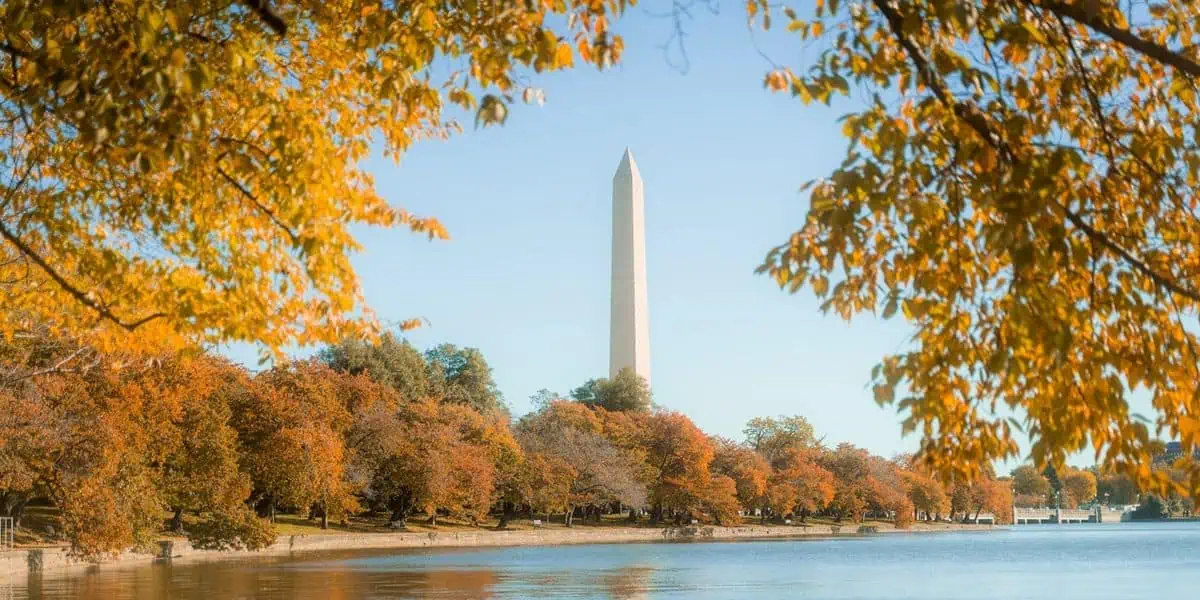The 2005-founded IceBar Melbourne has no problem attracting Melbourne locals and visitors from other cities across the Australian state of Victoria—especially since the operation recently relocated to the cultural hotspot of Melbourne’s hip Federation Square. With an interior temperature of -5 to -10 degrees Celsius (23 to 14 degrees Fahrenheit), everything in IceBar is made of ice, including the bar, the stools, cups for cocktails and mocktails, sculptures and even games such as table hockey.

It’s not for lack of trying. IceBar is listed on multiple online travel agencies (OTAs), including Klook, GetYourGuide, Red Balloon and more. Plus, the attraction is active with Melbourne’s DMO and the city council, even participating in a Chinese-language giveaway competition on WeChat, China’s ubiquitous social media, messaging and payment app, via the City of Melbourne, which was written by a native Chinese speaker (no translation problems there). IceBar also accepts payments from the app, Alipay.
Jobling says IceBar has tried to work in partnership with multi-day tour companies, who specialize in creating popular three-day tours for Chinese visitors. But as IceBar is typically an activity that lasts just 45 minutes, it’s difficult to incorporate into long day tours.
The key question: What are specific steps IceBar can take to appeal to outbound Chinese travelers?
The Expert: Matt Grayson, President, Americas, Dragon Trail Interactive
There are several basic and inexpensive actions Icebar Melbourne can do to attract more Chinese visitors.
Manage Online Reputation
Invite local Chinese students to try IceBar out, take some photos and post some reviews. Be sure to talk to those students to get their feedback. This local focus group will provide valuable insights into what your attraction could be doing better.
IceBar is listed on a number of online travel agencies (OTAs), but none mentioned are Chinese OTAs. Our team couldn’t find any entry for the bar on either Qyer or Mafengwo (two leading distribution sites in China). If you look up “Melbourne ice bar” on Mafengwo, the only search result is a listing for an ice bar in Queenstown, NZ.
There are only four reviews for IceBar Melbourne on Dianping—one of which from November 2018 says she wasn’t allowed to use her phone inside, which is an issue. If Chinese visitors can’t take photos with their phones inside an operation, it seriously hinders your ability to attract them. One review on Dianping posted a few months later said that she could take photos. This is why reputation management is so important. At the most basic level, IceBar should make sure they’re listed on travel websites that Chinese people use, and see if they can encourage some more reviews there.
Focus On Photo-Ops
IceBar needs to focus on the photo opportunities of the bar and market to younger travelers by getting it featured on popular sites such as Xiaohongshu and Douyin.
Instagram, although blocked in China, is also popular with young Chinese, especially for finding cool, unique places to visit/dishes to eat at restaurants. IceBar may not even need Chinese-language materials—they may just need cool photos to make it the kind of place that Chinese would want to visit for the photo opportunity/“daka” (check-in) tourism. IceBar Melbourne’s experience is very much about the photo opportunity, and less about the actual drinks. Having interesting visuals would drive more Chinese visitation.
They should absolutely be focusing on younger free independent travelers (FITS) and not group tourists. Group tourists, especially in Australia, are likely to be older, and Chinese people generally don’t like very cold drinks and are not interested in cocktails or going to bars—this is especially likely to be true for older people. The venue is not a good match for traditional Chinese tour groups, and can even be a hard sell for younger Chinese who again might not be very interested in hard alcohol, especially not in very cold drinks or cold places. That’s why IceBar should really play up what kinds of cool photos you can take there and go with a “cold is cool” angle. Having interesting ice sculptures to take selfies with are a good idea and would encourage more social media posts.
Host an Influencer
Inviting a Chinese influencer at IceBar might be a good idea, too. A younger influencer that is well known for visiting offbeat, unique food and drink destinations would likely drive traffic to the bar.
Represent Chinese Travelers in Imagery
It would be helpful to show some Chinese visitors enjoying IceBar’s venue in their consumer-facing media. I don’t think it’s a deal-breaker not representing Chinese on the website or on social media, but since the IceBar wants to sell experiences to Chinese (and not necessarily the experience of partying), it would certainly help to show other Chinese visitors having a good time there.


















